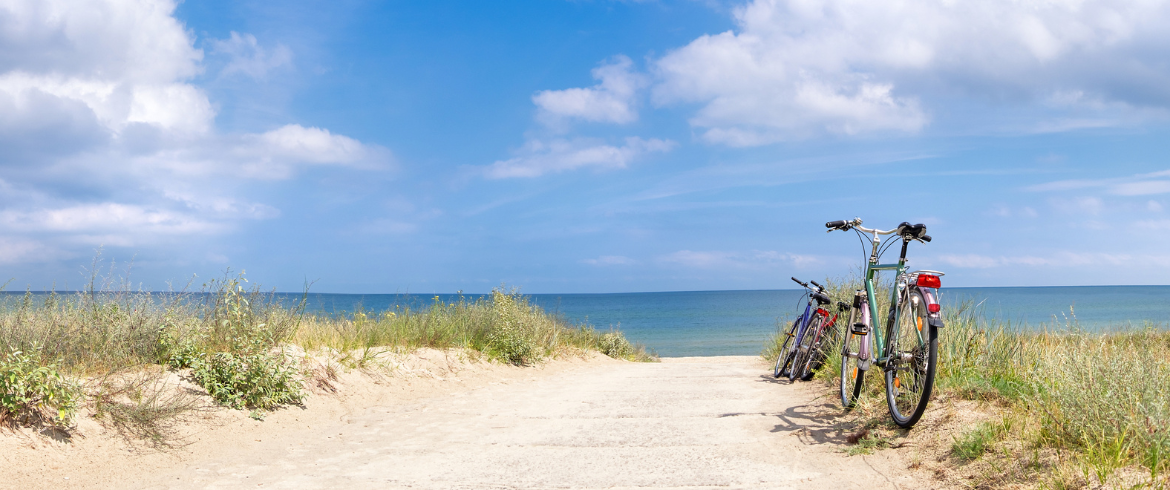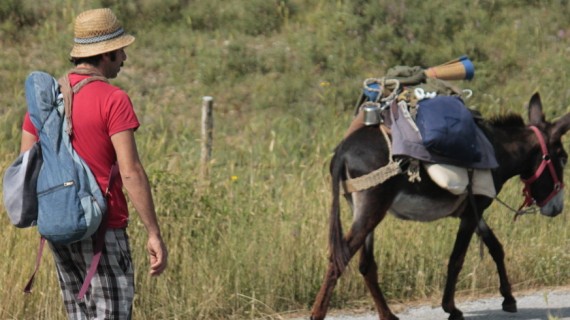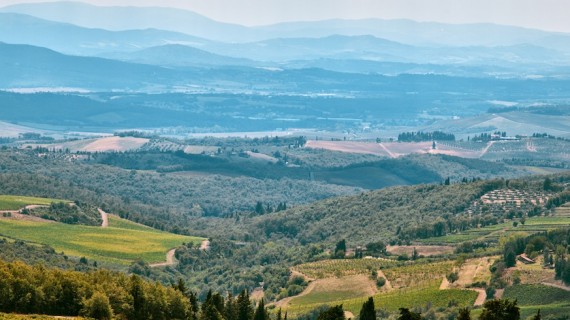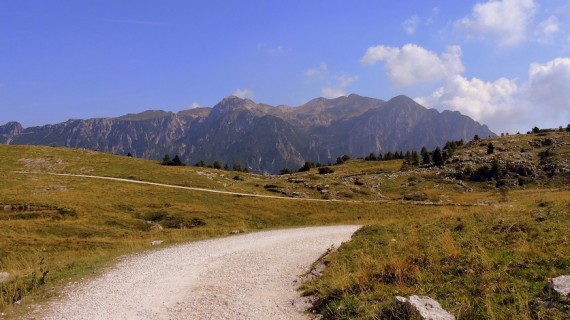In a world where travel often revolves around ticking boxes and rushing from one photo opportunity to the next, a quiet revolution is taking place. It’s called slow travel—a movement that’s challenging the idea that speed equals experience. Instead, slow travel promotes depth over distance, sustainability over consumption, and well-being over burnout. And as more travelers look to align their journeys with their values, sustainable itineraries are emerging as not only better for the planet but also better for our physical and mental health.
Welcome to a gentler, greener way to explore the world—where the journey is as meaningful as the destination.
What Is Slow Travel?
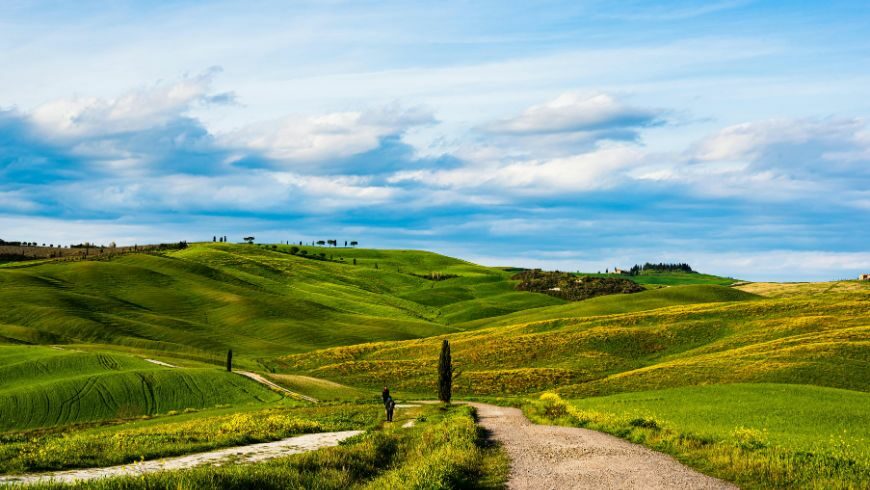
At its core, slow travel is about immersive, intentional experiences. It encourages travelers to spend more time in fewer places, connect with local communities, support small businesses, and reduce their environmental footprint. Rather than flying through three countries in a week, a slow traveler might spend that time in one village, getting to know its traditions, natural surroundings, and rhythm of life.
The movement draws inspiration from the slow food philosophy—an Italian-born initiative that champions local, traditional, and sustainable food over fast and industrialized meals. Similarly, slow travel values authenticity, culture, and conscious choices.
Why Sustainable Itineraries Matter
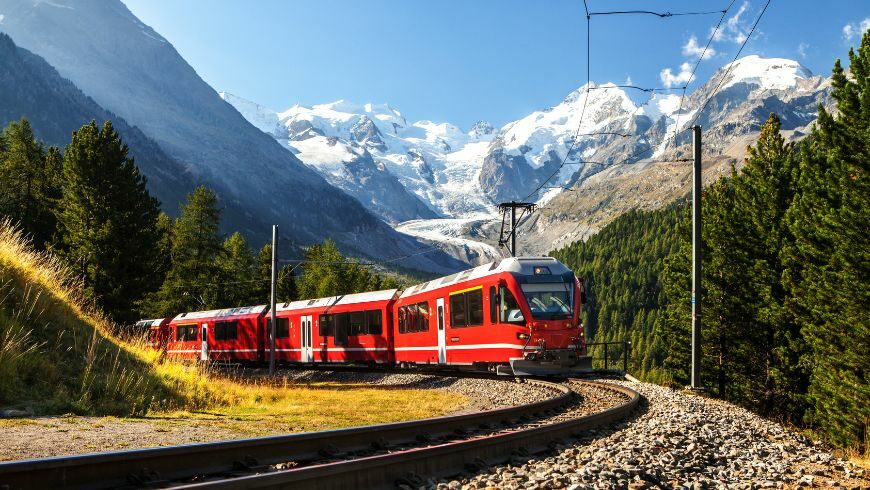
In the face of climate change and over-tourism, the need for green travel solutions has never been more urgent. Mass tourism contributes significantly to global carbon emissions, habitat degradation, and cultural dilution. Cities like Venice and Barcelona have become symbols of this imbalance, struggling to preserve their identities under the weight of short-term visitors.
Sustainable itineraries offer an alternative. They might include:
- Eco-friendly accommodations such as agritourisms, eco-lodges, and locally-owned B&Bs certified for sustainability.
- Carbon-neutral transport options like biking, hiking, or using electric rail systems.
- Organic, local dining that supports regional farmers and reduces food miles.
- Nature-based activities like birdwatching, forest bathing, or wildflower hikes, which leave a minimal impact on the environment.
- Cultural exchange through workshops, cooking classes, or volunteer opportunities with local NGOs.
Platforms like Ecobnb make planning these itineraries more accessible, connecting conscious travelers with vetted, environmentally responsible hospitality providers.
Health Benefits of Slow and Sustainable Travel
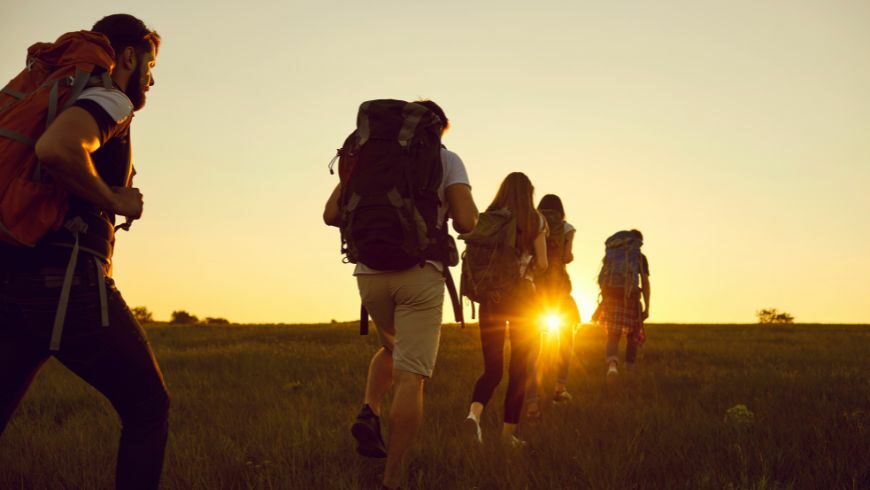
Interestingly, what’s better for the Earth is also better for your body and mind. Fast-paced travel can be exhausting. Jet lag, constant moving, poor eating habits, and lack of rest often lead to what’s now known as travel fatigue—a combination of mental and physical exhaustion that can undermine the entire experience.
In contrast, slow and sustainable travel promotes:
1. Lower Stress Levels
By eliminating the pressure to “see it all,” slow travel encourages mindfulness. Whether you’re sipping herbal tea on a terrace in the Alps or journaling beside a quiet lake in Slovenia, you’re giving your nervous system a chance to reset. Studies show that being in nature significantly lowers cortisol levels, improving both mood and immunity.
2. Improved Cardiovascular Health
Many green itineraries include active transport, like walking, biking, or paddling—activities that are known to improve heart health, reduce blood pressure, and boost endurance. Unlike the sedentary nature of air travel or tour buses, slow travel promotes natural movement, contributing to daily physical activity without it feeling like a workout.
3. Better Digestion and Nutrition
Sustainable travel often means eating seasonal, locally sourced foods—a far cry from the processed meals common on tourist trails. Whether it’s a farmhouse breakfast with free-range eggs or freshly picked fruit from a permaculture garden, local cuisine tends to be more nutritious and free from additives. Travelers also tend to eat more slowly when they’re not rushed, which improves digestion and nutrient absorption.
4. Stronger Mental Health and Emotional Well-being
Immersive travel fosters connection—not just with the environment and others, but with oneself. Travelers who embrace slow travel often report greater life satisfaction, increased empathy, and a stronger sense of purpose. The act of learning a few words in a new language, helping with a community garden, or participating in a regional craft workshop can reignite curiosity and joy.
Tips to Embrace Slow Travel on Your Next Trip
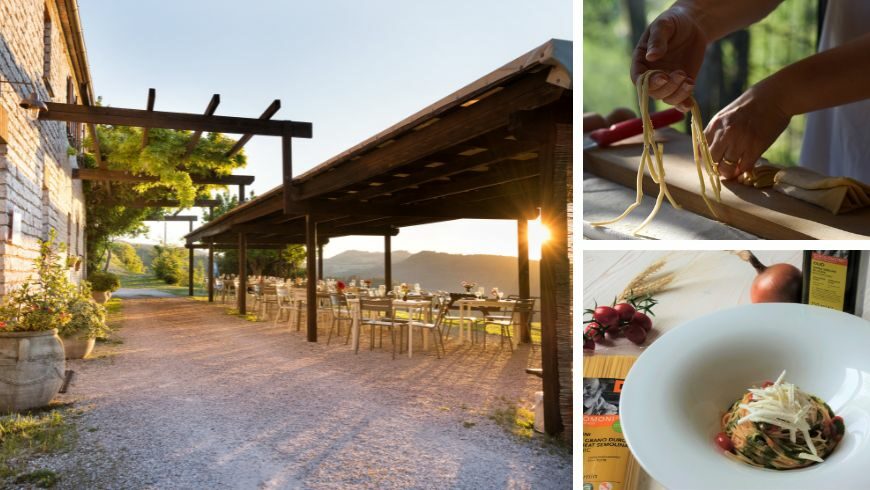
If you’re ready to travel more mindfully and sustainably, here are some practical tips to get started:
🌿 Choose Eco-Friendly Stays
Look for lodgings that prioritize renewable energy, water conservation, waste reduction, and ethical sourcing. Use platforms like Ecobnb to filter for eco-certified stays.
🚲 Rethink Transportation
Favor trains over planes, especially in regions with scenic railway networks like Europe or Japan. For local exploration, rent a bike or simply walk—it’s healthier and lets you absorb your surroundings more richly.
🧘 Schedule Downtime
Avoid overbooking your itinerary. Leave space for spontaneity, relaxation, and discovery. Consider staying in one place for several days to develop a sense of belonging.
🍎 Support Local, Eat Seasonal
Dine at family-run establishments, shop at farmers’ markets, and try traditional recipes made from seasonal produce. It’s healthier and strengthens the local economy.
🌍 Travel Off the Beaten Path
Visit lesser-known regions that need tourism to survive. Not only does this reduce your impact on overcrowded destinations, but it also enriches your experience with more authentic and personal encounters.
Examples of Green Itineraries to Inspire You
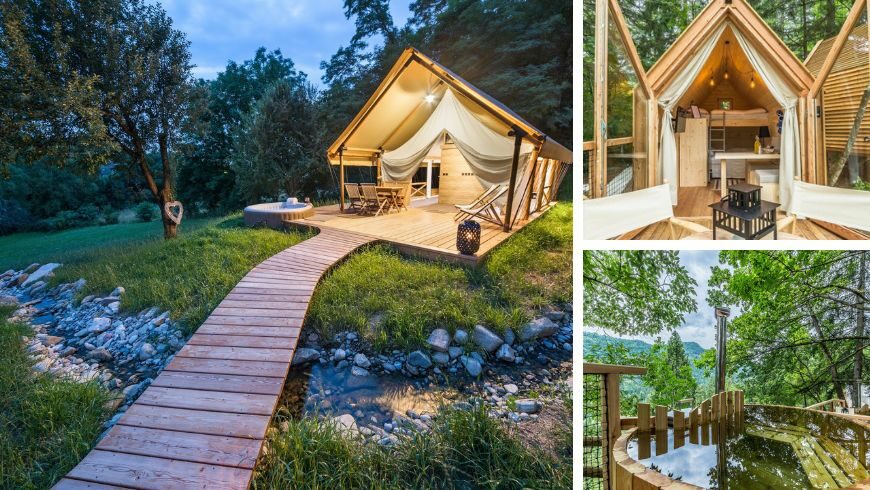
Need some ideas to get started? Here are a few slow travel journeys that blend sustainability and well-being:
- Tuscany by Bike: Stay in solar-powered villas, visit organic vineyards, and cycle through rolling hills while savoring local wines and olive oil.
- Slovenian Eco-Retreat: Explore the Julian Alps with low-impact hiking, stay in glamping pods made from recycled wood, and recharge with yoga by the lake.
- Portugal’s Alentejo Coast: Walk the Rota Vicentina, dine on Atlantic seafood, and stay at off-grid cottages that blend luxury with conservation.
Final Thoughts: Travel Less, Experience More

Slow travel isn’t just a trend—it’s a shift in consciousness. It asks us to rethink what travel is for. Is it about collecting passport stamps, or is it about collecting stories? Is it about consumption, or connection? By choosing sustainable itineraries, we not only reduce our impact on the planet but also enrich our own lives—physically, emotionally, and spiritually.
So next time you plan a getaway, resist the urge to rush. Instead, move slowly, breathe deeply, and travel with intention. Because in the end, going slow might just be the fastest way to fall in love with the world again.

Author: Michael Bentos is a sustainability writer and eco-travel enthusiast passionate about promoting mindful exploration and low-impact living. With a background in environmental health and years of experience trekking through Europe’s greenest corners, he shares practical insights on how to travel better, for ourselves and the planet. He regularly contributes to platforms like Mybiosource, where he writes about health, science, and green innovation.
